|
Reply |
Message 1 of 111 on the subject |
|
|
| Reply |
Message 285 of 285 on the subject |
|
|
| Reply |
Message 127 of 131 on the subject |
|
|
|
| Reply |
Message 128 of 131 on the subject |
|
|
|
| Reply |
Message 129 of 131 on the subject |
|
|
|
| Reply |
Message 130 of 131 on the subject |
|
|
|
| Reply |
Message 131 of 131 on the subject |
|
|
|
|
|
|
|
|
|
Reply |
Message 97 of 111 on the subject |
|
|
|
|
Reply |
Message 98 of 111 on the subject |
|
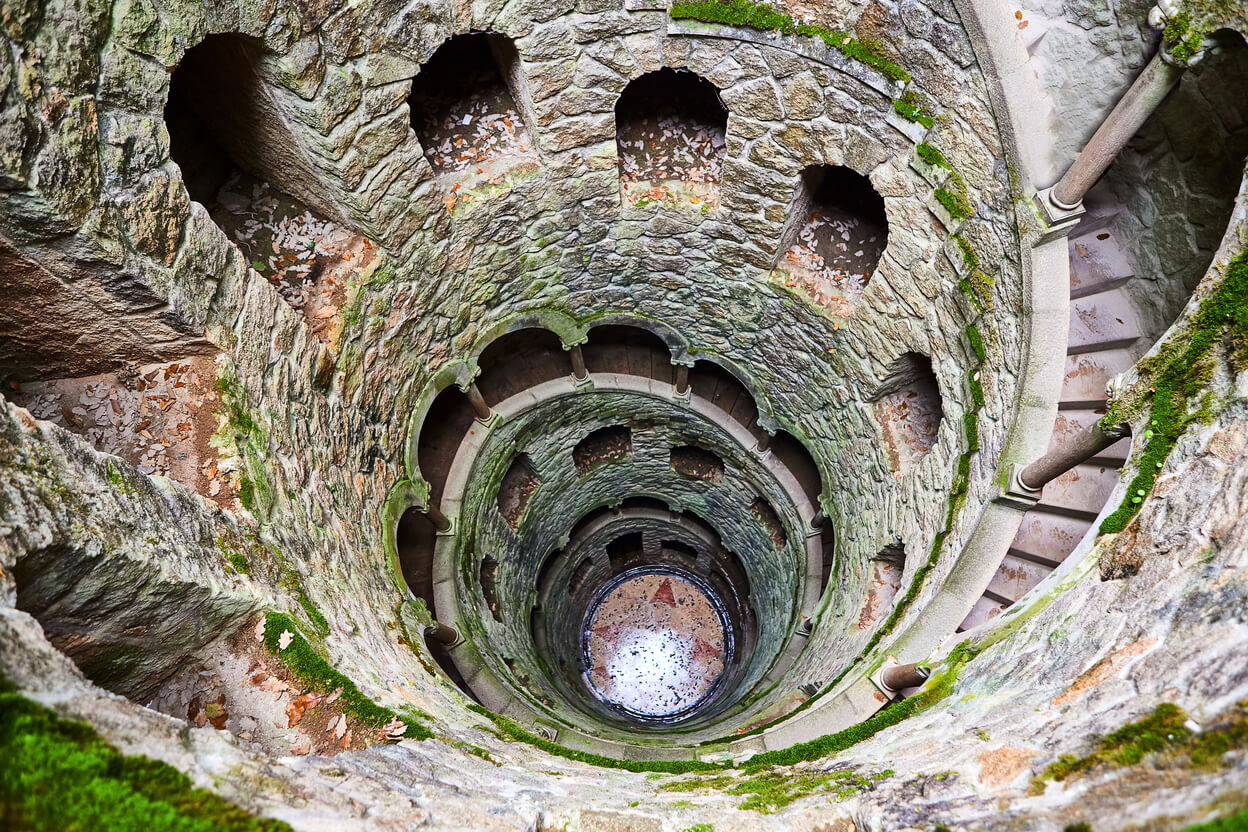 Source: Adobe/bondvit Source: Adobe/bondvit
As bitcoin (BTC) reaches new all-time highs, the value of paper money has hit an all-time low against hard assets, as “inflation is everywhere,” according to Pantera Capital CEO Dan Morehead.
“It seems like the price of everything is surging up,” Morehead wrote in his monthly letter to investors, which in its entirety was dedicated to the topic of sound money and how inflation, today and throughout history, has shaped the world.
On the same note, the Pantera CEO continued by noting that it may seem odd that we have inflation during what he described as “a worldwide financial crisis.”
However, he explained that the situation is easier to understand when one first realizes that “the value of most things is relatively stable,” adding that “it’s just the value of paper money that is being debased at a rapid rate.”
“Paper money has hit an all-time low against most hard assets,” Morehead went on to say.
 Source: Pantera Capital Source: Pantera Capital
And although prices on hard assets have been rising, traditional investors who had hoped that their gold holdings would save them in the face of inflation have had a rather disappointing year, Pantera’s data showed.
Among the “non-[quantitative easing] assets” tracked by Pantera, gold saw the “least good” performance, as Morehead put it, explaining that the metal “is losing market share to digital gold.”
Further in the letter, the crypto hedge fund CEO went on to say that bitcoin so far appears to be the one among the major hard assets that has benefited the most from the debasement of paper money.
The cryptocurrency reached a new all-time high of more than USD 68,600 as recently as today, and based on its history, it is likely to continue much higher, Morehead explained:
“The last time bitcoin retook its all-time high after falling over 50%, it went 3.2x above that shortly thereafter. The average increase of the past three instances of making a new all-time high — 8.8x over a 166-day period.”
However, it is far from just bitcoin that is rising in price because of currency debasement, Morehead said, pointing at home prices, wages, and transportation as just some examples of the fact that “inflation is everywhere.”
Morehead’s observation that inflation is everywhere also resonates well with that of the major asset management firm Bridgewater Associates, which in a report from October said that the currently high inflation, in their view, has more to do with high demand than a lack of supply. Moreover, the firm also said that inflation is likely not transitory – as the US Federal Reserve holds – but rather that it is here to stay.
“The gap between demand and supply is now large enough that high inflation is likely to be reasonably sustained, particularly because extremely easy policy is encouraging further demand rather than constricting it,” the report said.
Meanwhile, the discussion about whether gold or bitcoin is the better inflation hedge was also brought up on CNBC today, where George Milling-Stanley, Chief Gold Strategist at State Street’s SPDR ETFs, said that the two assets can coexist.
“I think it is quite possible for these two assets to coexist quite happily in the market because they do completely different jobs,” Milling-Stanley said.
He added that gold “over the long term — and I stress this, over the long term,” can both improve returns and reduce volatility in a portfolio in a situation with “sustained high inflation” like in the 1970s.
_____
Learn more:
– Bitcoin Rally Healthy, Less Leverage Than in the Past, Say On-Chain Analysts
– Mt. Gox Payouts Nearing, But Is the Market Ready for It?
– Bitcoin Enters Price Discovery Mode, Lures Gold Investors
– Pantera CEO Trims Bitcoin Price Forecast For 2021, Sees ETH Outperforming
– USD 20,000 Weekly Moves in Bitcoin’s Price Likely This Year, Author Says
– Inflation Scares in an Uncharted Recovery
– This Is What Might Happen if the US Defaults on Debt
– Why Fiat Currency Is More Confusing Than Crypto
|
|
|
|
Reply |
Message 99 of 111 on the subject |
|
|
|
|
Reply |
Message 100 of 111 on the subject |
|
|
|
|
Reply |
Message 101 of 111 on the subject |
|
|
|
|
Reply |
Message 102 of 111 on the subject |
|
|
|
|
Reply |
Message 103 of 111 on the subject |
|
|
|
|
Reply |
Message 104 of 111 on the subject |
|
|
|
|
Reply |
Message 105 of 111 on the subject |
|
Hagia Sophia
From Wikipedia, the free encyclopedia
Hagia Sophia (Turkish: Ayasofya; Ancient Greek: Ἁγία Σοφία, romanized: Hagía Sophía; Latin: Sancta Sapientia; lit. 'Holy Wisdom'), officially the Hagia Sophia Grand Mosque (Turkish: Ayasofya-i Kebir Cami-i Şerifi; Greek: Μεγάλο Τζαμί της Αγίας Σοφίας),[3] is a mosque and former church serving as a major cultural and historical site in Istanbul, Turkey. The last of three church buildings to be successively erected on the site by the Eastern Roman Empire, it was completed in AD 537. The site was an Eastern rite church from AD 360 to 1453, except for a brief time as a Latin Catholic church between the Fourth Crusade and 1261.[4] After the fall of Constantinople in 1453, it served as a mosque until 1935, when it became a museum. In 2020, the site once again became a mosque.
The current structure was built by the Byzantine emperor Justinian I as the Christian cathedral of Constantinople for the Byzantine Empire between 532 and 537, and was designed by the Greek geometers Isidore of Miletus and Anthemius of Tralles.[5] It was formally called the Church of God's Holy Wisdom (Greek: Ναὸς τῆς Ἁγίας τοῦ Θεοῦ Σοφίας, romanized: Naòs tês Hagías toû Theoû Sophías)[6][7] and upon completion became the world's largest interior space and among the first to employ a fully pendentive dome. It is considered the epitome of Byzantine architecture[8] and is said to have "changed the history of architecture".[9] The present Justinianic building was the third church of the same name to occupy the site, as the prior one had been destroyed in the Nika riots. As the episcopal see of the ecumenical patriarch of Constantinople, it remained the world's largest cathedral for nearly a thousand years, until the Seville Cathedral was completed in 1520. Beginning with subsequent Byzantine architecture, Hagia Sophia became the paradigmatic Orthodox church form, and its architectural style was emulated by Ottoman mosques a thousand years later.[10] It has been described as "holding a unique position in the Christian world"[10] and as an architectural and cultural icon of Byzantine and Eastern Orthodox civilization.[10][11][12]
The religious and spiritual centre of the Eastern Orthodox Church for nearly one thousand years, the church was dedicated to the Holy Wisdom.[13][14][15] It was where the excommunication of Patriarch Michael I Cerularius was officially delivered by Humbert of Silva Candida, the envoy of Pope Leo IX in 1054, an act considered the start of the East–West Schism. In 1204, it was converted during the Fourth Crusade into a Catholic cathedral under the Latin Empire, before being returned to the Eastern Orthodox Church upon the restoration of the Byzantine Empire in 1261. Enrico Dandolo, the doge of Venice who led the Fourth Crusade and the 1204 Sack of Constantinople, was buried in the church.
After the fall of Constantinople to the Ottoman Empire in 1453,[16] it was converted to a mosque by Mehmed the Conqueror and became the principal mosque of Istanbul until the 1616 construction of the Sultan Ahmed Mosque.[17][18] Upon its conversion, the bells, altar, iconostasis, ambo, and baptistery were removed, while iconography, such as the mosaic depictions of Jesus, Mary, Christian saints and angels were removed or plastered over.[19] Islamic architectural additions included four minarets, a minbar and a mihrab. The Byzantine architecture of the Hagia Sophia served as inspiration for many other religious buildings including the Hagia Sophia in Thessaloniki, Panagia Ekatontapiliani, the Şehzade Mosque, the Süleymaniye Mosque, the Rüstem Pasha Mosque and the Kılıç Ali Pasha Complex. The patriarchate moved to the Church of the Holy Apostles, which became the city's cathedral.
The complex remained a mosque until 1931, when it was closed to the public for four years. It was re-opened in 1935 as a museum under the secular Republic of Turkey, and the building was Turkey's most visited tourist attraction as of 2019.[20]
In July 2020, the Council of State annulled the 1934 decision to establish the museum, and the Hagia Sophia was reclassified as a mosque. The 1934 decree was ruled to be unlawful under both Ottoman and Turkish law as Hagia Sophia's waqf, endowed by Sultan Mehmed, had designated the site a mosque; proponents of the decision argued the Hagia Sophia was the personal property of the sultan. The decision to designate Hagia Sophia as a mosque was highly controversial. It resulted in divided opinions and drew condemnation from the Turkish opposition, UNESCO, the World Council of Churches and the International Association of Byzantine Studies, as well as numerous international leaders, while several Muslim leaders in Turkey and other countries welcomed its conversion into a mosque.
Church of Constantius II
[edit]
 Hagia Sophia, Istanbul, Turkey, ca. 1897.
The first church on the site was known as the Magna Ecclesia (Μεγάλη Ἐκκλησία, Megálē Ekklēsíā, 'Great Church')[21][22] because of its size compared to the sizes of the contemporary churches in the city.[13] According to the Chronicon Paschale, the church was consecrated on 15 February 360, during the reign of the emperor Constantius II (r. 337–361) by the Arian bishop Eudoxius of Antioch.[23][24] It was built next to the area where the Great Palace was being developed. According to the 5th-century ecclesiastical historian Socrates of Constantinople, the emperor Constantius had c. 346 "constructed the Great Church alongside that called Irene which because it was too small, the emperor's father [Constantine] had enlarged and beautified".[25][23] A tradition which is not older than the 7th or 8th century reports that the edifice was built by Constantius' father, Constantine the Great (r. 306–337).[23] Hesychius of Miletus wrote that Constantine built Hagia Sophia with a wooden roof and removed 427 (mostly pagan) statues from the site.[26] The 12th-century chronicler Joannes Zonaras reconciles the two opinions, writing that Constantius had repaired the edifice consecrated by Eusebius of Nicomedia, after it had collapsed.[23] Since Eusebius was the bishop of Constantinople from 339 to 341, and Constantine died in 337, it seems that the first church was erected by Constantius.[23]
 View of the dome interior
        |
|
|
|
Reply |
Message 106 of 111 on the subject |
|

  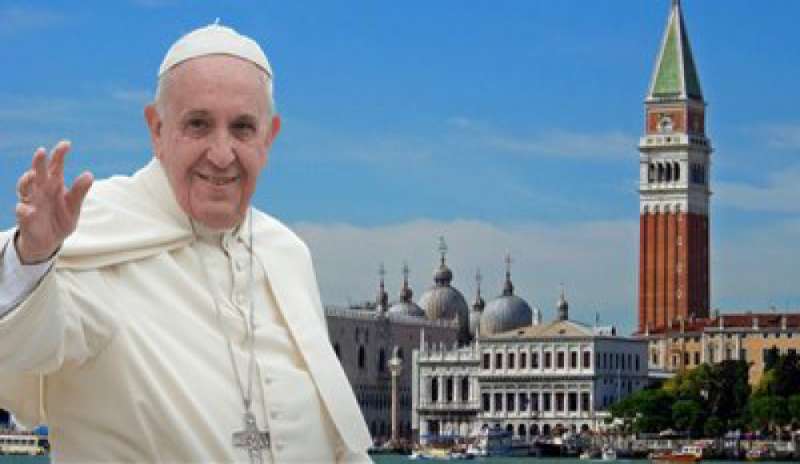 
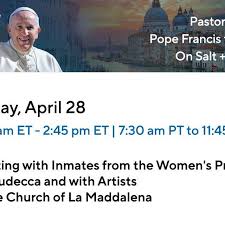
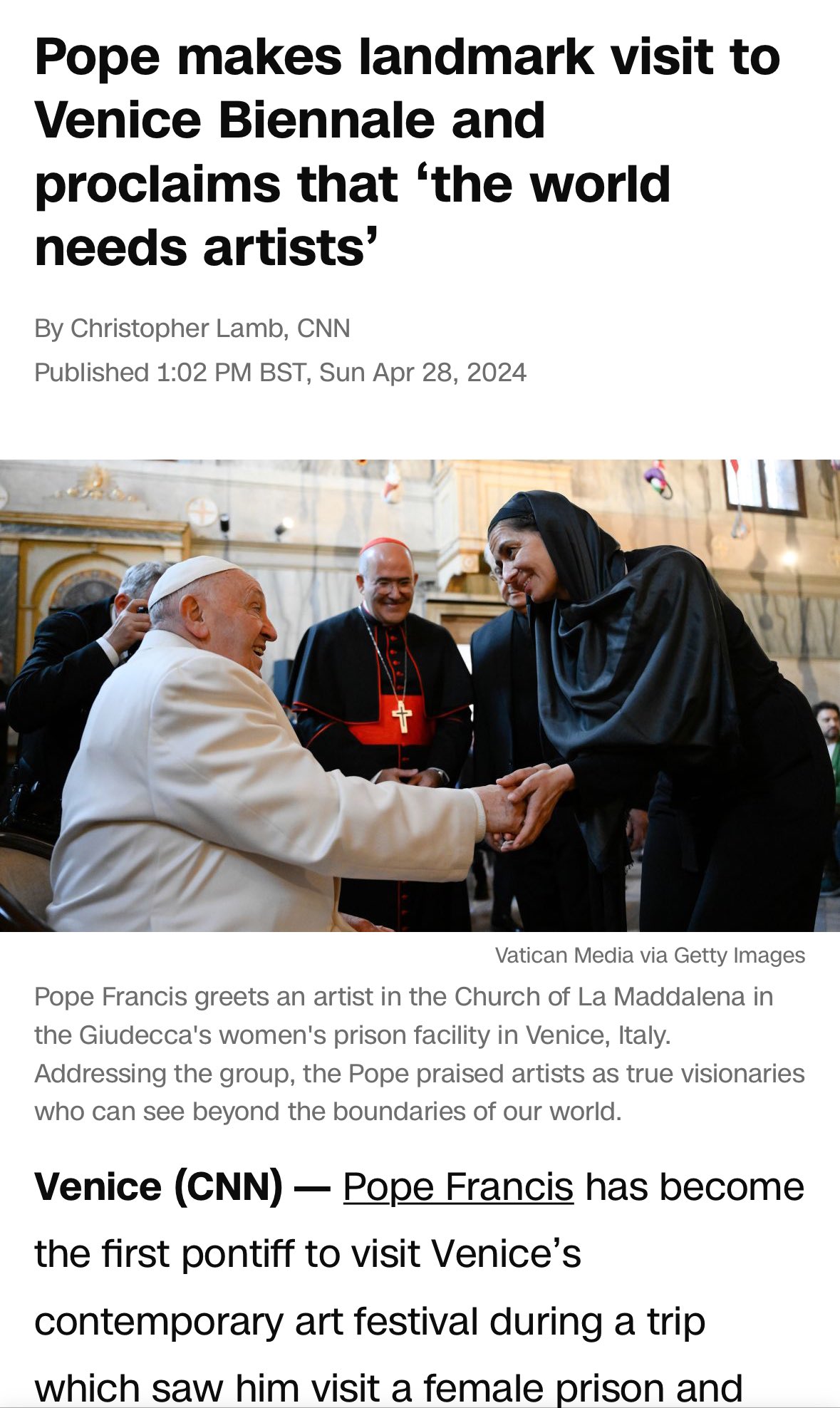
 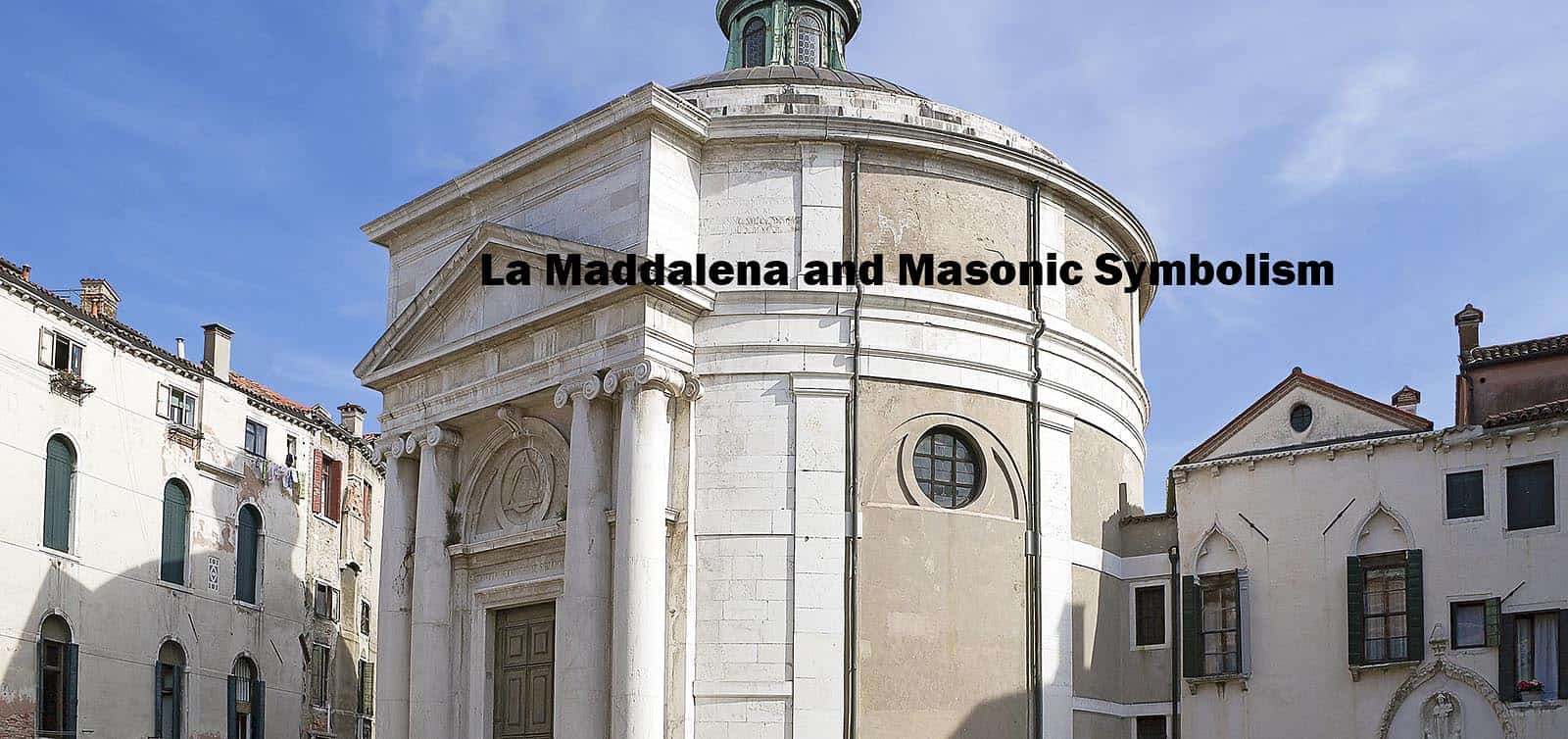      

New International VersionIt is as if the dew of Hermon were falling on Mount Zion. For there the LORD bestows his blessing, even life forevermore.
New Living TranslationHarmony is as refreshing as the dew from Mount Hermon that falls on the mountains of Zion. And there the LORD has pronounced his blessing, even life everlasting.
English Standard VersionIt is like the dew of Hermon, which falls on the mountains of Zion! For there the LORD has commanded the blessing, life forevermore.
Berean Standard BibleIt is like the dew of Hermon falling on the mountains of Zion. For there the LORD has bestowed the blessing of life forevermore.
King James BibleAs the dew of Hermon, and as the dew that descended upon the mountains of Zion: for there the LORD commanded the blessing, even life for evermore.
New King James VersionIt is like the dew of Hermon, Descending upon the mountains of Zion; For there the LORD commanded the blessing— Life forevermore.
New American Standard BibleIt is like the dew of Hermon Coming down upon the mountains of Zion; For the LORD commanded the blessing there—life forever.
NASB 1995It is like the dew of Hermon Coming down upon the mountains of Zion; For there the LORD commanded the blessing— life forever.
NASB 1977It is like the dew of Hermon, Coming down upon the mountains of Zion; For there the LORD commanded the blessing—life forever.
Legacy Standard BibleIt is like the dew of Hermon Coming down upon the mountains of Zion; For there, Yahweh commanded the blessing—life forever.
Amplified BibleIt is like the dew of [Mount] Hermon Coming down on the hills of Zion; For there the LORD has commanded the blessing: life forevermore.
Christian Standard BibleIt is like the dew of Hermon falling on the mountains of Zion. For there the LORD has appointed the blessing — life forevermore.
Holman Christian Standard BibleIt is like the dew of Hermon falling on the mountains of Zion. For there the LORD has appointed the blessing— life forevermore.
American Standard VersionLike the dew of Hermon, That cometh down upon the mountains of Zion: For there Jehovah commanded the blessing, Even life for evermore.
Contemporary English VersionIt is like the dew from Mount Hermon, falling on Zion's mountains, where the LORD has promised to bless his people with life forevermore.
English Revised VersionLike the dew of Hermon, that cometh down upon the mountains of Zion: for there the LORD commanded the blessing, even life for evermore.
GOD'S WORD® TranslationIt is like dew on [Mount] Hermon, dew which comes down on Zion's mountains. That is where the LORD promised the blessing of eternal life.
Good News TranslationIt is like the dew on Mount Hermon, falling on the hills of Zion. That is where the LORD has promised his blessing--life that never ends.
International Standard VersionIt is like the dew of Hermon falling on Zion's mountains. For there the LORD commanded his blessing— life everlasting.
Majority Standard BibleIt is like the dew of Hermon falling on the mountains of Zion. For there the LORD has bestowed the blessing of life forevermore.
NET BibleIt is like the dew of Hermon, which flows down upon the hills of Zion. Indeed that is where the LORD has decreed a blessing will be available--eternal life.
New Heart English Biblelike the dew of Hermon, that comes down on the hills of Zion: for there the LORD gives the blessing, even life forevermore.
Webster's Bible TranslationAs the dew of Hermon, and as the dew that descended upon the mountains of Zion: for there the LORD commanded the blessing, even life for ever.
World English Biblelike the dew of Hermon, that comes down on the hills of Zion; for there Yahweh gives the blessing, even life forever more.
Literal Translations
Literal Standard VersionAs dew of Hermon—That comes down on hills of Zion, "" For there YHWH commanded the blessing—Life for all time!
Young's Literal TranslationAs dew of Hermon -- That cometh down on hills of Zion, For there Jehovah commanded the blessing -- Life unto the age!
Smith's Literal TranslationAs the dew of Hermon coming down upon the mountains of Zion: for there Jehovah commanded the blessing, life even forever.
Catholic Translations
Douay-Rheims Bibleas the dew of Hermon, which descendeth upon mount Sion. For there the Lord hath commandeth blessing, and life for evermore.
Catholic Public Domain VersionIt is like the dew of Hermon, which descended from mount Zion. For in that place, the Lord has commanded a blessing, and life, even unto eternity.
New American BibleLike dew of Hermon coming down upon the mountains of Zion. There the LORD has decreed a blessing, life for evermore!
New Revised Standard VersionIt is like the dew of Hermon, which falls on the mountains of Zion. For there the LORD ordained his blessing, life forevermore.
Translations from Aramaic
Lamsa BibleLike the dew of Hermon that falls upon the mount of Zion; for there the LORD commanded the blessing, even life for evermore.
Peshitta Holy Bible TranslatedLike the dew of Hermon that descends upon the mountain of Zion, because there LORD JEHOVAH commanded the blessing and the Life unto eternity.
OT Translations
JPS Tanakh 1917Like the dew of Hermon, That cometh down upon the mountains of Zion; For there the LORD commanded the blessing, Even life for ever.
Brenton Septuagint TranslationAs the dew of Aermon, that comes down on the mountains of Sion: for there, the Lord commanded the blessing, even life for ever.
Additional Translations ...
|
 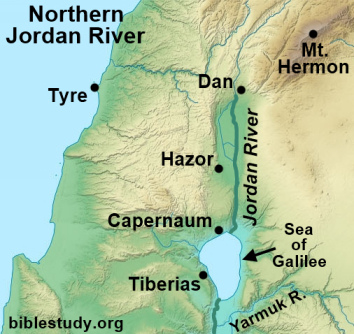  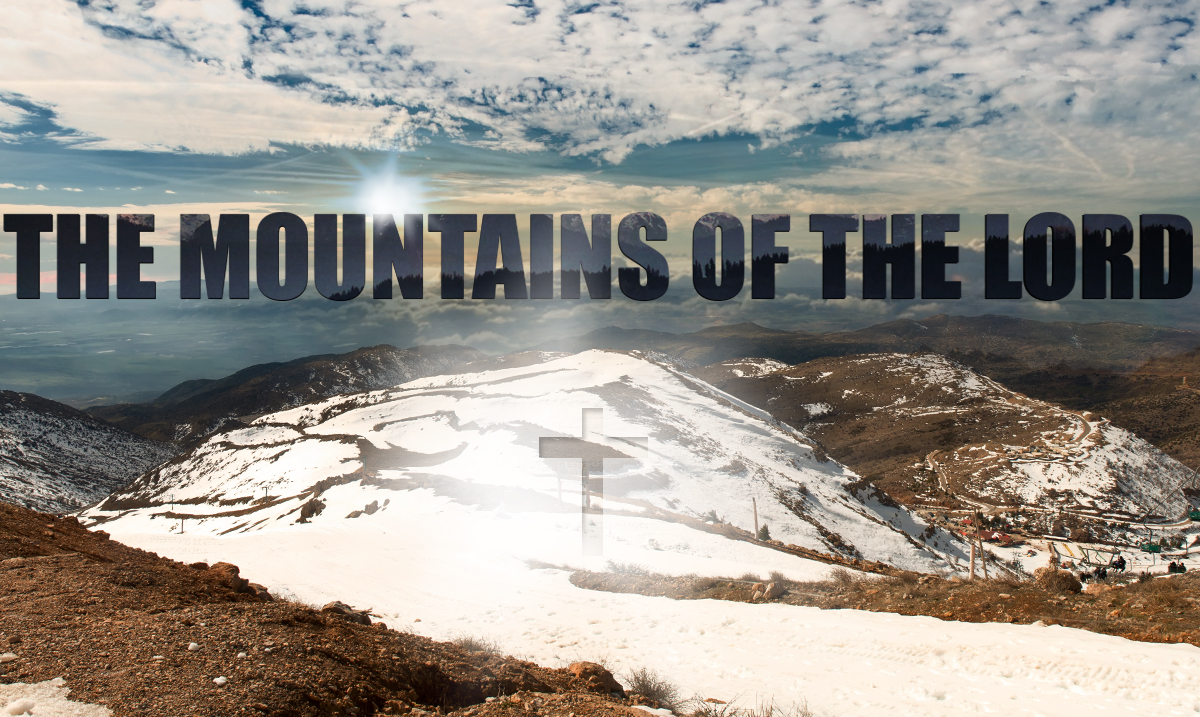  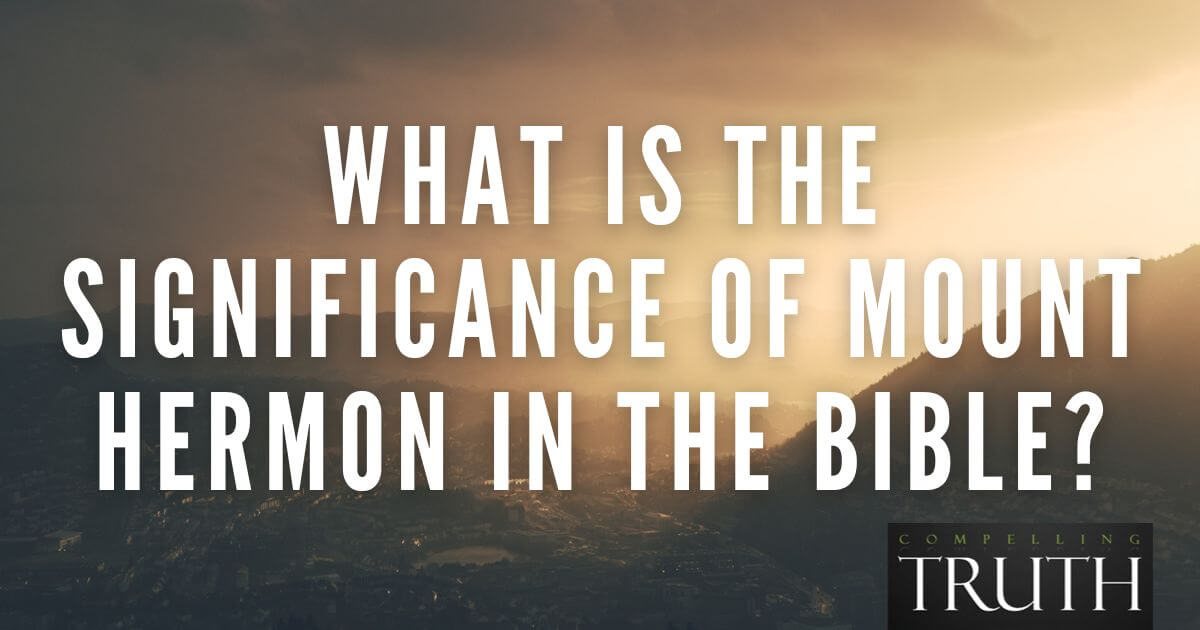 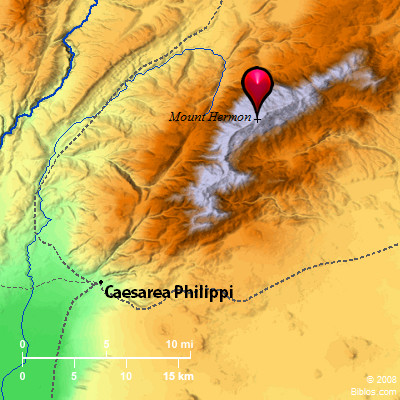 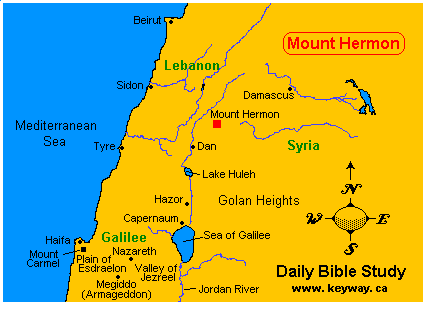     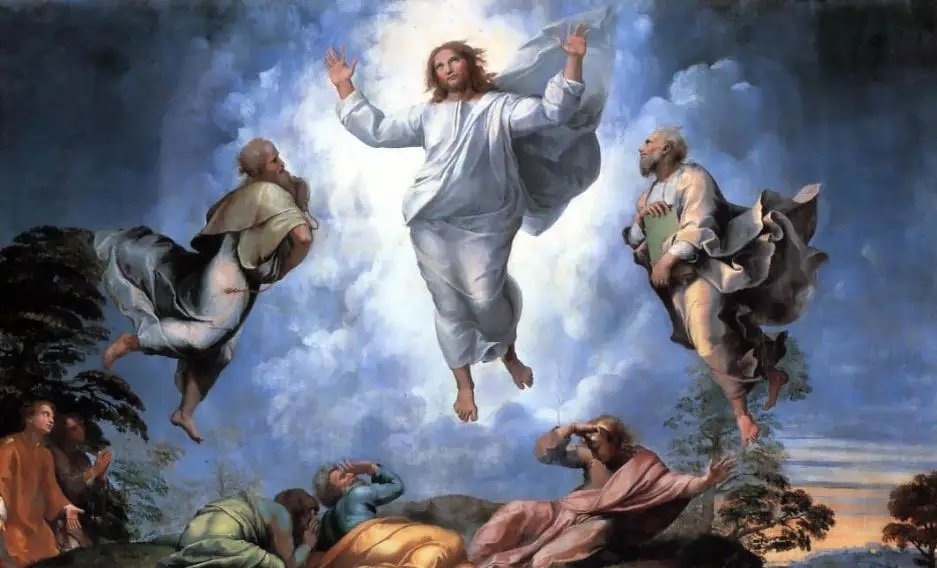   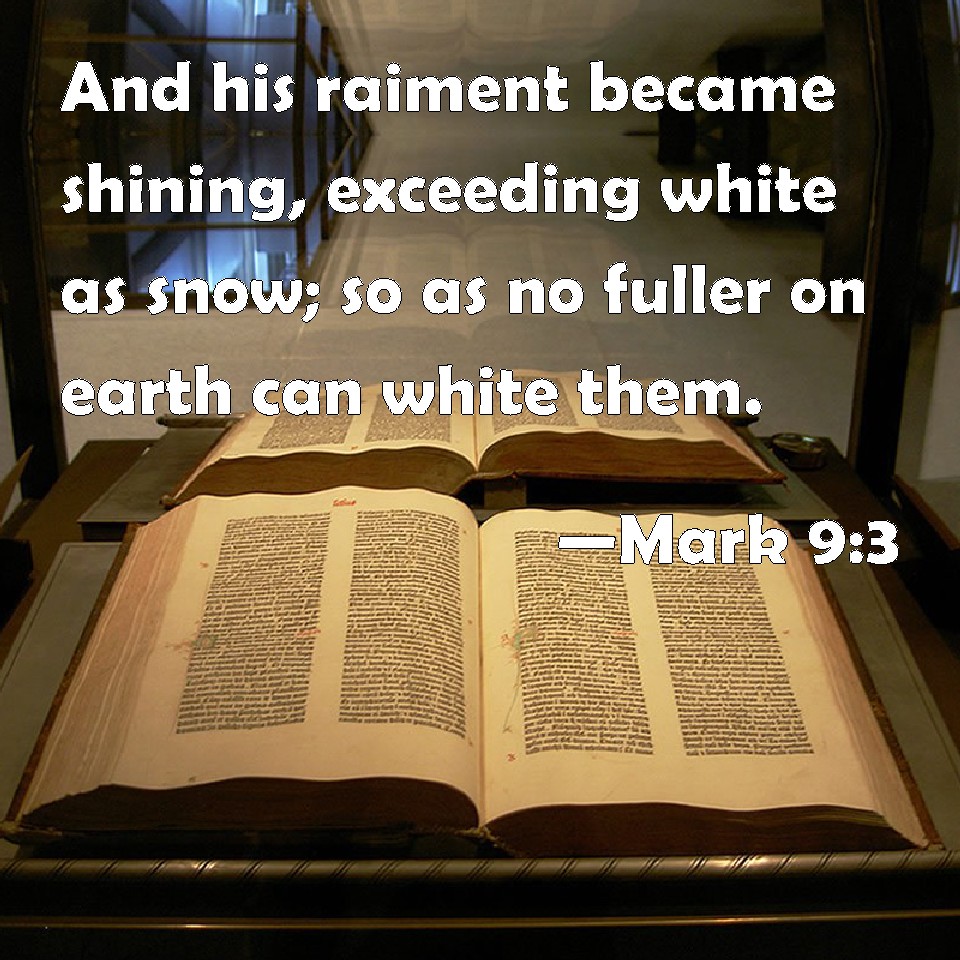 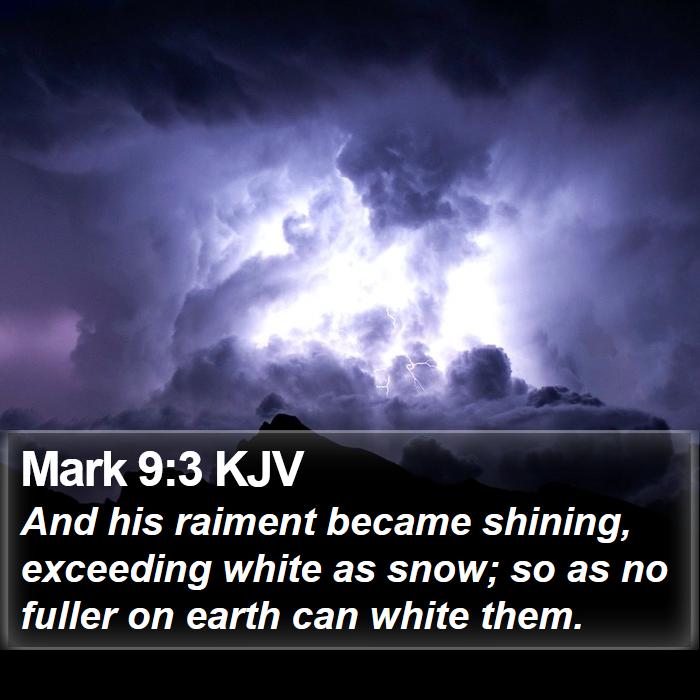
|
|
|
|
Reply |
Message 107 of 111 on the subject |
|
|
|
|
Reply |
Message 108 of 111 on the subject |
|
|
|
|
Reply |
Message 109 of 111 on the subject |
|
First, NYC/Long Island can be associated with 'knowledge' through the symbolisms of 'apple' ("Big Apple"), 'rose' (state flower), 'fire' (Statue of Liberty, its connection to Paris/'torch'), etc. and as we've seen in foregoing sections it's part of the 'ark' complex via VI-97. Furthermore from the 'apple' connection follows the notion of the 'serpent'. Now, all those 'knowledge'/Sirius connections of NYC can be transferred to Mars because, as illustrated in 'Babylon Matrix', NYC is also related to Mars, especially the Cydonia region with all the potentially artificial structures. Mars being red and circular is associatable with the 'apple', the red and round 'Big Apple' (NYC). Now, some might argue that the fruit Eve ate was not necessarily an 'apple', but we generally thought of it as an apple today and that has to count in symbolism. But there is a much more precise connection - the latitudes of NYC and Cydonia are exactly the same, 40.5~41N.
The events closely associated earlier with X-72 and more or less with the ark, the two random shootings in a library and school ('Resonance' #7 and 8), appear to back up the Mars-Sirius connection also. Those two similar events, only five days apart, occurred one on the Cydonian latitude and the other on the Sirius 'angle' latitude. The Mormon library shooting took place at ~40.5N, and the Colorado school shooting at ~39.5N. The name 'Salt Lake City', where the library shooting occurred, may be relevant also since mythologically the 'salt water' is of female - and Sirius is filled with female associations ('goddess', 'star of Women', etc.).
Moreover, Temple mentions in his book that "when making rhetorical allusion to the Dog Days, the Latins would often speak of Sirius being red at the time..." Now, this is quite significant for not only is Sirius described as 'red' like Mars, but the "Dog Days" would refer to a period in or around July - the exact time-frame indicated by Quatrain X-72.
The Sirius-correlated Argo also turns out to be very relevant here. Because the main mission of Jason, the leader of the Argonauts who has been identified as the "appeasing King"/"King of terror" of X-72 earlier, was to obtain the 'golden fleece', and in Temple's words, "Aries was definitely identified with the golden fleece". In case you don't know, Aries is the Greek Mars. Aries is also a sign of the zodiac, "ruled" by Mars, and it is classified as a 'fire sign' - correlating with the fire-knowledge symbolism. I should also point out that Mars is called 'fire star' in Japanese.
Moreover, Sirius/Isis' son Horus provides intriguing correlations. First, the Great Sphinx associated earlier with 'ark' was called by Egyptians "Horus of Horizon" which also happens to be a name given to Mars. And the word 'Cairo', where the Sphinx is (actually slightly west of Cairo), is derived from 'Mars'. Mars was also called 'Horus the Red'. And the word 'Heru' (Egyptian name for Horus) also has the meaning of 'face' - seemingly a reference to the infamous 'Face on Mars' at Cydonia! (So, as you can see, the Mars-Horus connection is quite obvious.) Next, Sirius/ark comes into the web of associations, as the Argo also relates to Horus (thus to Mars too) as the Greek derivation of Horus, 'Circe', plays a prominent role in the story of Argo. Also, as Temple hypothesizes, the names of the original captain of Argo, Herakles, and his protectress Hera may be derived from 'Heru' - the Egyptian name for Horus. Furthermore, we're told that Herakles/Hera is related to the word 'Seirios' from which we have the word 'Sirius' - strengthening the Mars-ark-Sirius connection. But as if it wasn't enough, Temple goes on to point out that 'Seirios' also has the meaning of 'fiery/scorching', that can easily be a reference to Mars.

And finally, Mars and Sirius are linked by the 'tetrahedral angle' of 19.5 degrees. '19.5 degrees' is one of the most significant notions derived from the supposed artificial structures of Cydonia that suggests their artificiality, according to investigators like Richard Hoagland ('The Monuments of Mars'). It is viewed as a definite 'signal in the noise' - some kind of a 'message' left there by some intelligence. This number, '19.5', is called t, the 'tetrahedral constant', because of  its significance in tetrahedral geometry (a tetrahedron is a pyramid shape composed of four equilateral triangular sides): the apexes of a tetrahedron when placed within a circumscribing sphere, one of the tetrahedron's apexes touching the south (or north) pole, the other three apexes touch the surface of the sphere at 19.5 degrees north latitude. So it is interesting that the Egyptian symbol for Sirius is a triangle which can be viewed as a 2-dimensional representation of a tetrahedron. its significance in tetrahedral geometry (a tetrahedron is a pyramid shape composed of four equilateral triangular sides): the apexes of a tetrahedron when placed within a circumscribing sphere, one of the tetrahedron's apexes touching the south (or north) pole, the other three apexes touch the surface of the sphere at 19.5 degrees north latitude. So it is interesting that the Egyptian symbol for Sirius is a triangle which can be viewed as a 2-dimensional representation of a tetrahedron.
https://www.goroadachi.com/etemenanki/1999-sirius.htm |
|
|
|
Reply |
Message 110 of 111 on the subject |
|
|
|
|
Reply |
Message 111 of 111 on the subject |
|
|
|
 First First
 Previous
97 a 111 de 111
Next Previous
97 a 111 de 111
Next
 Last
Last

|

